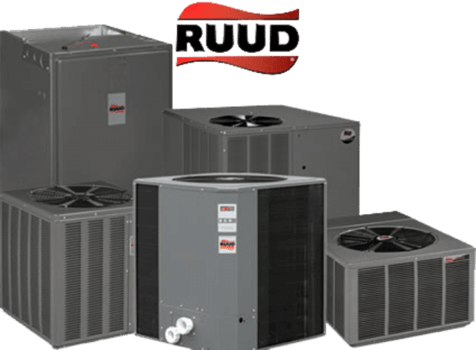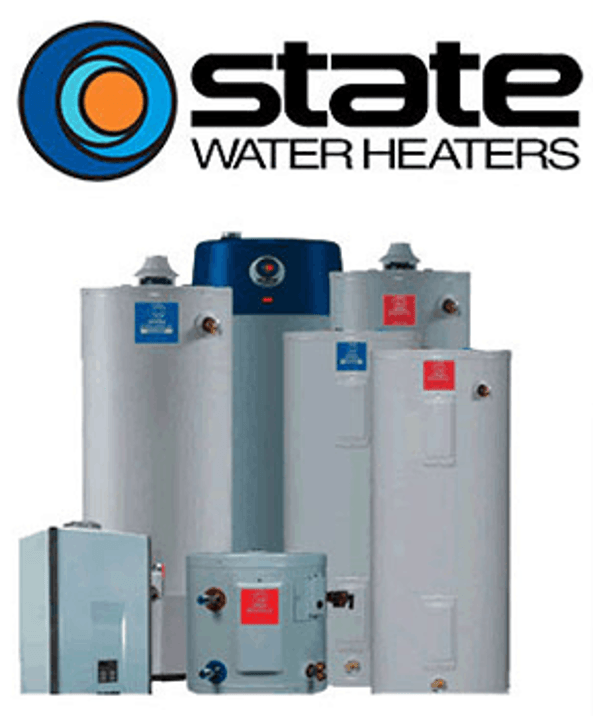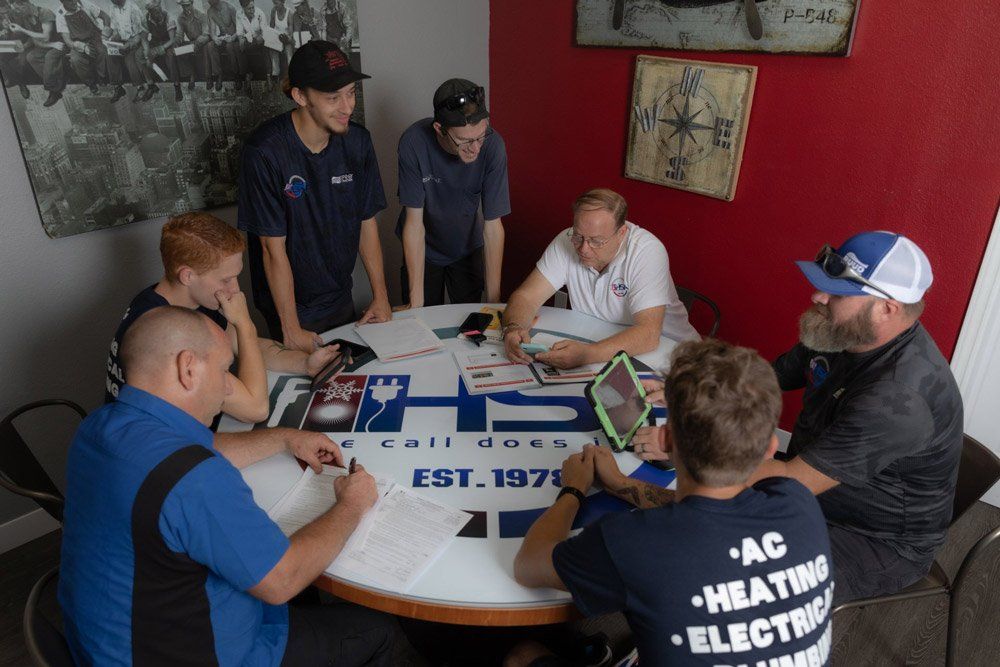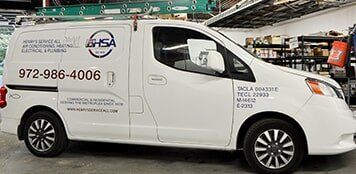Understand What the HVAC Technician Says: AC Terms to Learn
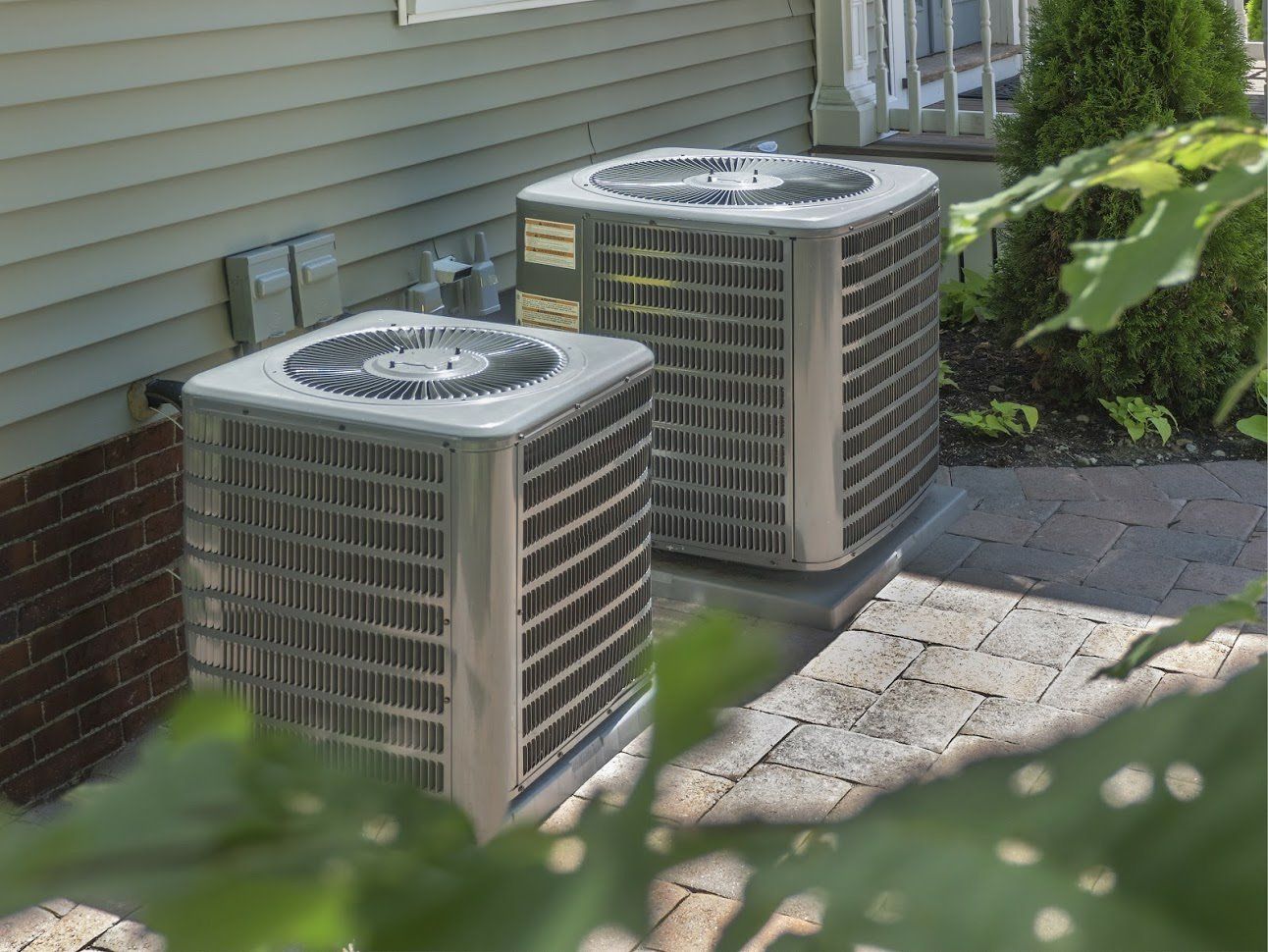
How much do you know about your home's AC system? Whether this is your first home or your first air conditioner, or you just want to know more about how your cooling system works, take a look at what AC knowledge and terms you should learn.
What Are the Basic Components of a Central AC System?
The more you know about your AC system, the easier communicating with the HVAC technician will be when a problem arises. Before you can understand how your air conditioner works, you need to know more about the basic components. This means learning the technical terminology or names of the primary parts.
While dozens of individual pieces are part of your home's central AC system, the main components homeowners should know are the:
- Compressor . The compressor pressurizes (or compresses, as the name implies) the refrigerant. This gets it ready for the next step in the cooling process. This part of the system is outside of the home.
- Condenser coil . In the compressor unit, the condenser coil changes hot refrigerant (in a gas form) into a cooler liquid. After leaving the condenser coil, the liquid refrigerant moves on to the expansion valve (to further cool the liquid) and to the evaporator.
- Evaporator . The evaporator is inside of your house, near the main central unit. The evaporator coil carries cooled refrigerant into your home. This allows it to absorb heat from your home and continue the cooling process.
- Air handler and blower . The air handler and blower help the system to pull in warm air from the interior space and push out cool air.
How Do Home Cooling Systems Work?
Now that you know the basic components of the AC system, you have a better understanding of how home cooling works.
Even though knowledge of parts terminology gives you a general idea of how home cooling works, what else do you need to know? To better understand the HVAC technician's diagnosis of a failing system or their inspection report, you may want to learn more about the specifics of home cooling. These include the:
- Refrigerant . The compressor, condenser, and evaporator all change refrigerant. But what is this substance? Refrigerant is a chemical compound that can change from liquid to gas states and back again. It can absorb and release heat, cooling your home. Without refrigerant, your AC system will not work.
- Air ducts and vents . How does the air the main indoor and outdoor parts of the system cool get into your home's spaces? The air handler and blower draw air in and force it out. But that is not where the cooling ends. The ducts carry cooled air around your house, and the vents allow it to enter each room.
- Thermostat . Is it too warm inside? The compressor, condenser, and refrigerant do not know that you are uncomfortable. This means you need to change the temperature somehow. A thermostat allows you to control the interior air temperature, raising or lowering it to fit your needs.
Does your AC system need an upgrade, repair, or overhaul? Contact Henry's Service All for more information. We look forward to helping with all your cooling needs.



